The traditional indigenous culture of ethnic minorities in Dak Lak province is considered a unique feature to attract tourists , while also preserving it for future generations. Therefore, in recent times, Dak Lak province has maximized the potential and advantages of indigenous culture to create unique tourism products and has initially brought positive results.
In the space of the traditional long house, in the joyful atmosphere of the first days of the new year 2024, many tourists visiting and relaxing in Dak Lak province for the first time enjoyed performances such as the gong rhythm "Welcoming guests", "Happy to the village", the ritual "Wishing and inviting wine" ... confidently performed by artisans.
Each resounding melody is associated with the daily life of the people, expressing the customs, habits and feelings of the Ede people here.
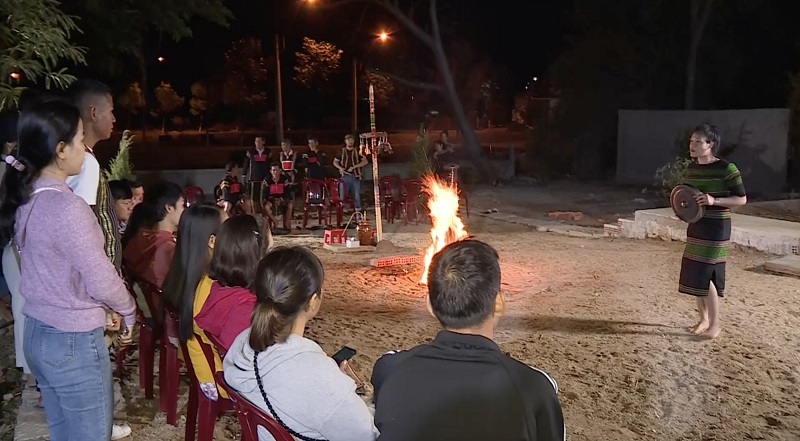
Mr. Y Deer Byă (Buon Ma Thuot City) confided: “Whenever tourists come to the area, they all love the ethnic culture of the Ede people. I and everyone in the village try to exploit and promote all traditional values so that visitors can have the newest experiences, thereby earning more income, while preserving and protecting them for future generations.”
Mr. Tran Huy Phu (a tourist from Ben Tre ) shared: “I came to Dak Lak not only to visit and relax, but also to experience and absorb the unique cultural features of Western people and then when I return home, I can share them with my family and children.
It can be seen that, in addition to relaxation and sightseeing, tourists can also feel the trend of returning to the natural environment, experiencing the life and culture of the indigenous people. Exploiting these factors also helps preserve and pass on the good cultural values of the people here."
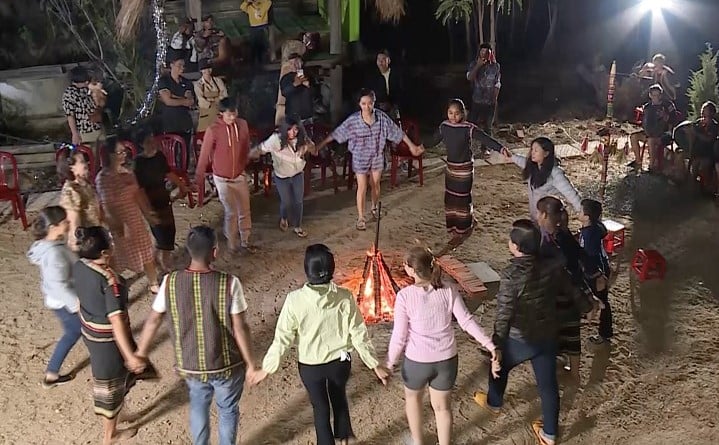
Leaving the bustling city, when coming to the villages in Lak district, visitors can also explore the mountains and forests, learn about the lifestyle, daily activities, and traditional occupations of the people here.
In addition, they cannot ignore the culinary culture - the rustic and unique dishes of the M'nong people are exploited and processed from the abundant food resources of the Central Highlands mountains and forests such as sticky rice cooked in bamboo tubes, charcoal-grilled chicken, bamboo shoot soup with kitchen ash, wild vegetables, grilled wild boar...
Mr. Y Lam Dang Bing, owner of Pai R'lam restaurant (Lak district) believes that through traditional dishes, the cultural story of the indigenous people will be conveyed. The culinary culture of the indigenous people is "eating from the forest", meaning that all food comes from the forest. In the past, the indigenous people had very few pots and pans for cooking, so they used bamboo tubes, gourds... from there, the restaurant will bring these items to the dining table for guests to enjoy and admire.
Next, when the sun sets and darkness covers the villages, in the cold weather of spring days, after tasting the typical dishes of the local people, visitors will sit by the fire, immerse themselves with the M'nong people in the melodies of the mountains and forests, and blend into the space of gong culture of the Central Highlands.
The sound of gongs resonates like underground water, permeating every life, every breath of every indigenous person. When the gong sounds, the young and old, men and women all turn to the desire, blending and connecting in the dance of this vast land.
Dak Lak has the characteristics of having more than 1/3 of the population being ethnic minorities living together, diverse forms of festivals, many types of customs, habits, unique and diverse cultures such as gong cultural space, long houses, beautiful brocade... are the differences, invaluable resources for the locality to develop types of eco-tourism, community tourism... with a distinct identity compared to other regions.
Source link



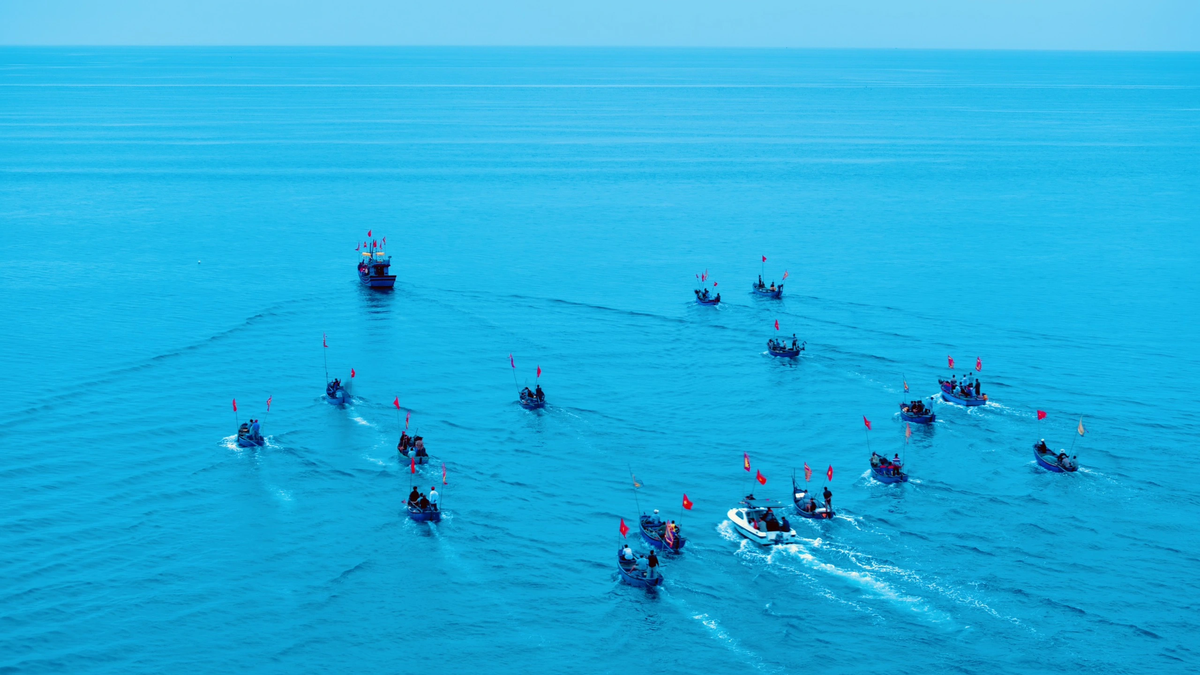


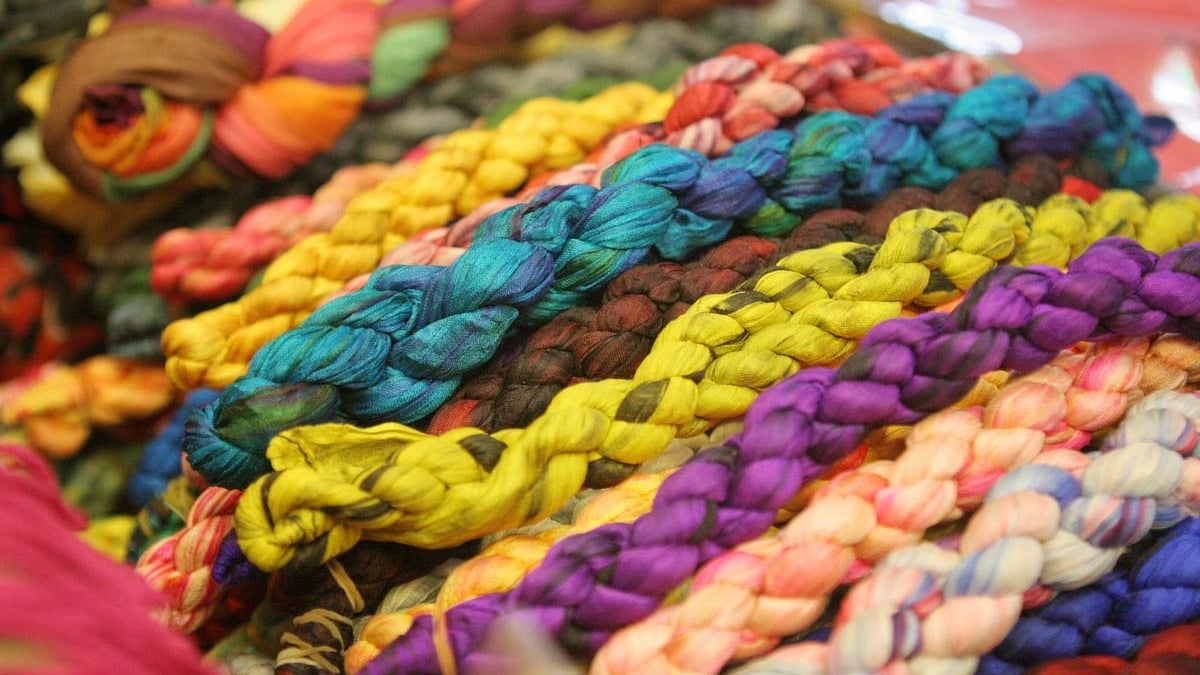
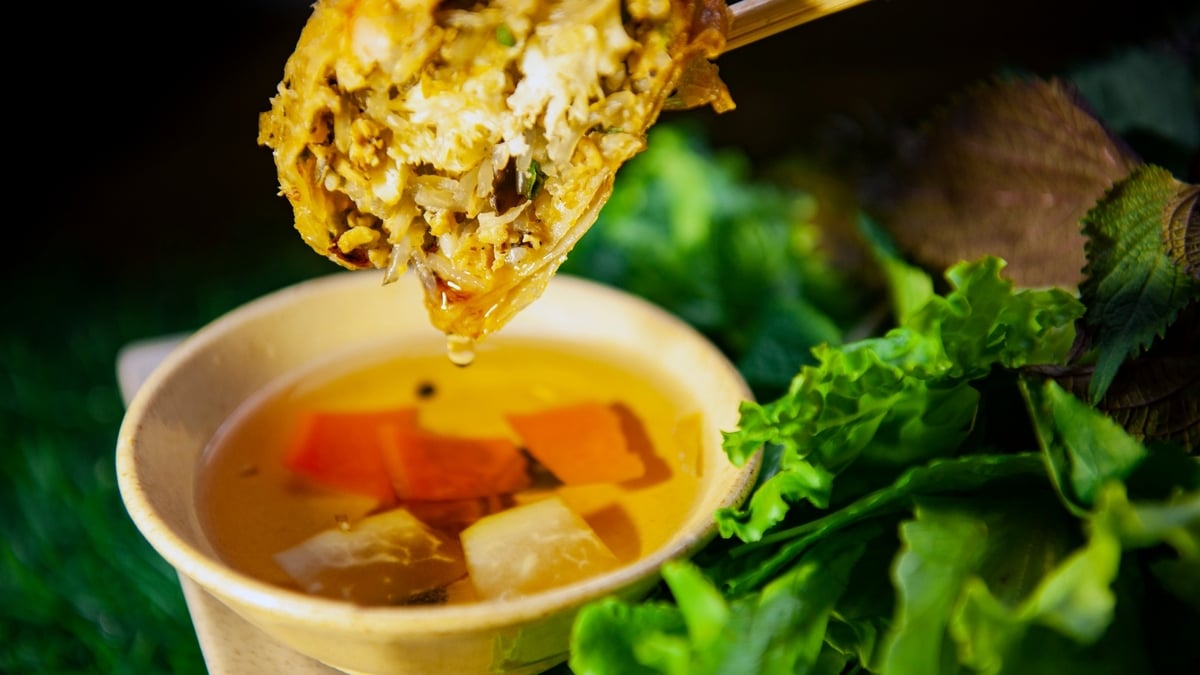
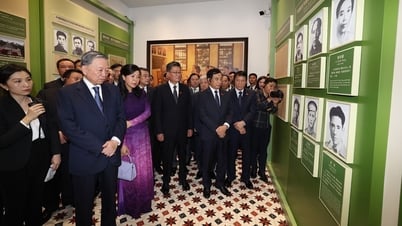

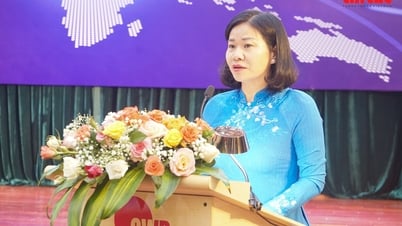



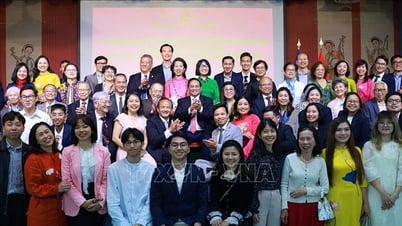













![[Photo] National Assembly Chairman Tran Thanh Man receives Australian Ambassador](https://vphoto.vietnam.vn/thumb/1200x675/vietnam/resource/IMAGE/2025/6/11/00fde116cd17416584f9c6d23619e1c0)


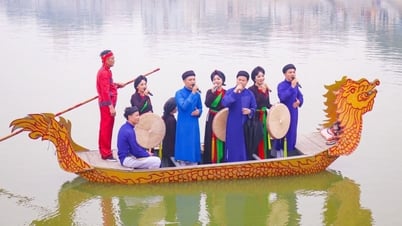

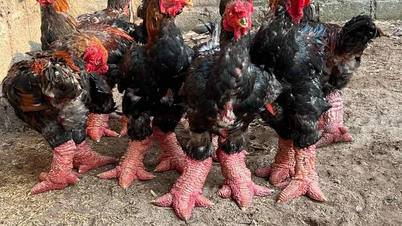

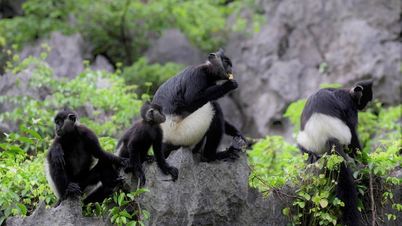

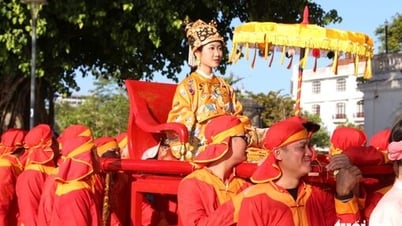







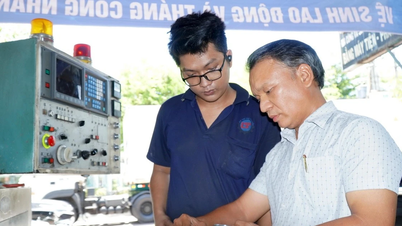




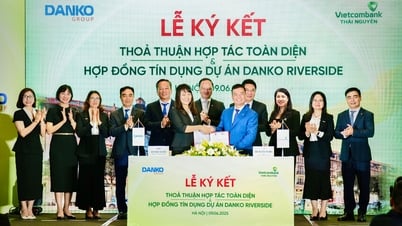











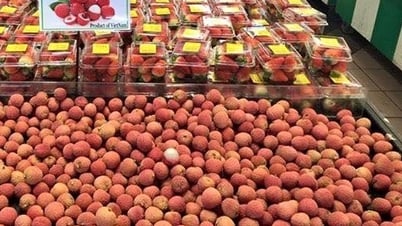


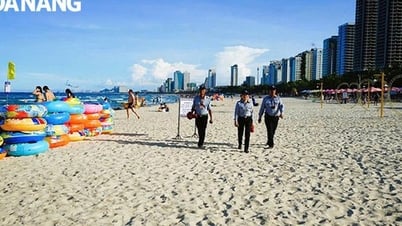



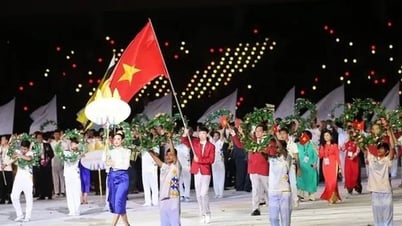

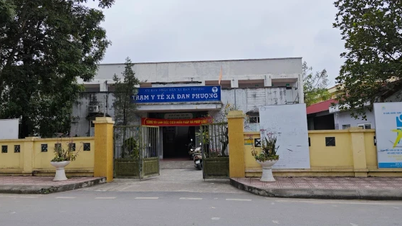
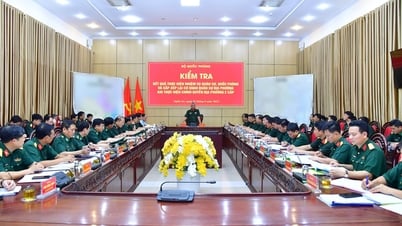

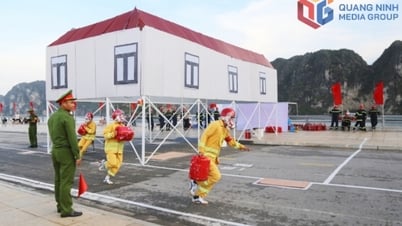




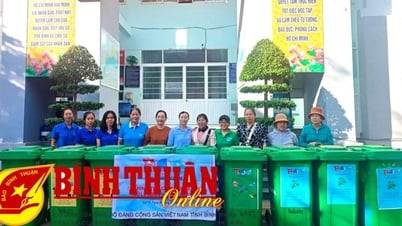






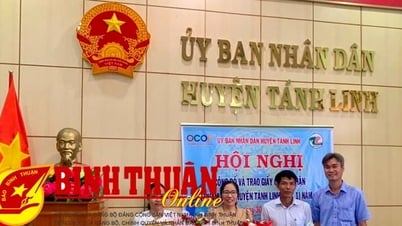

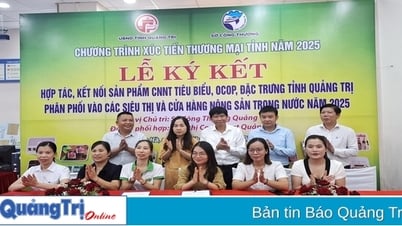


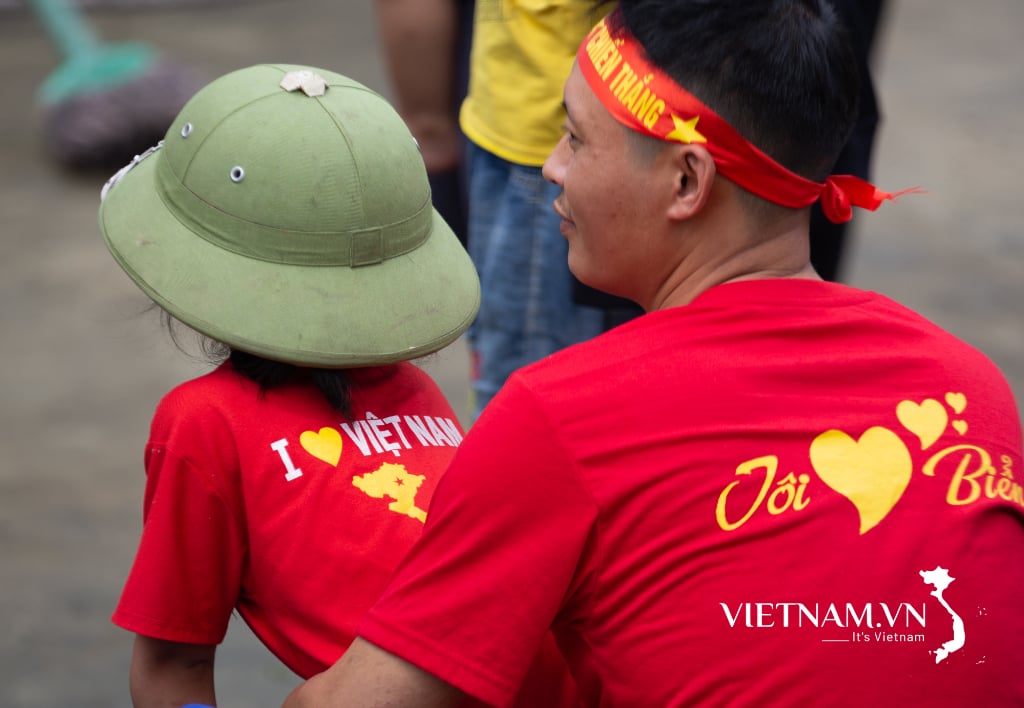
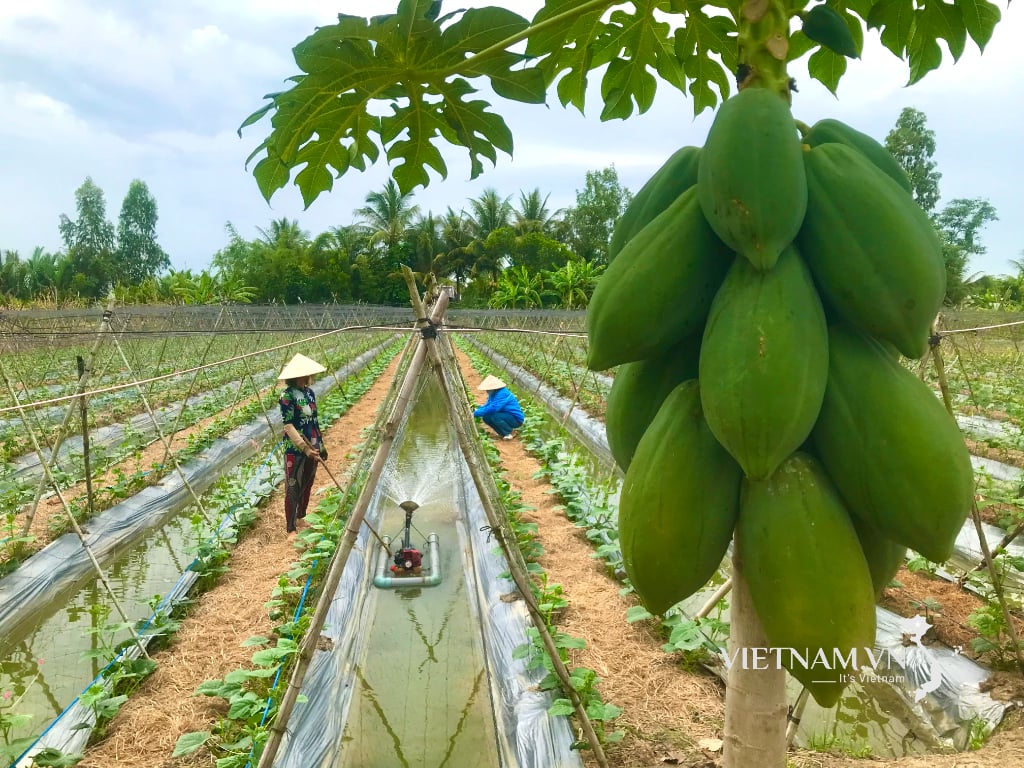
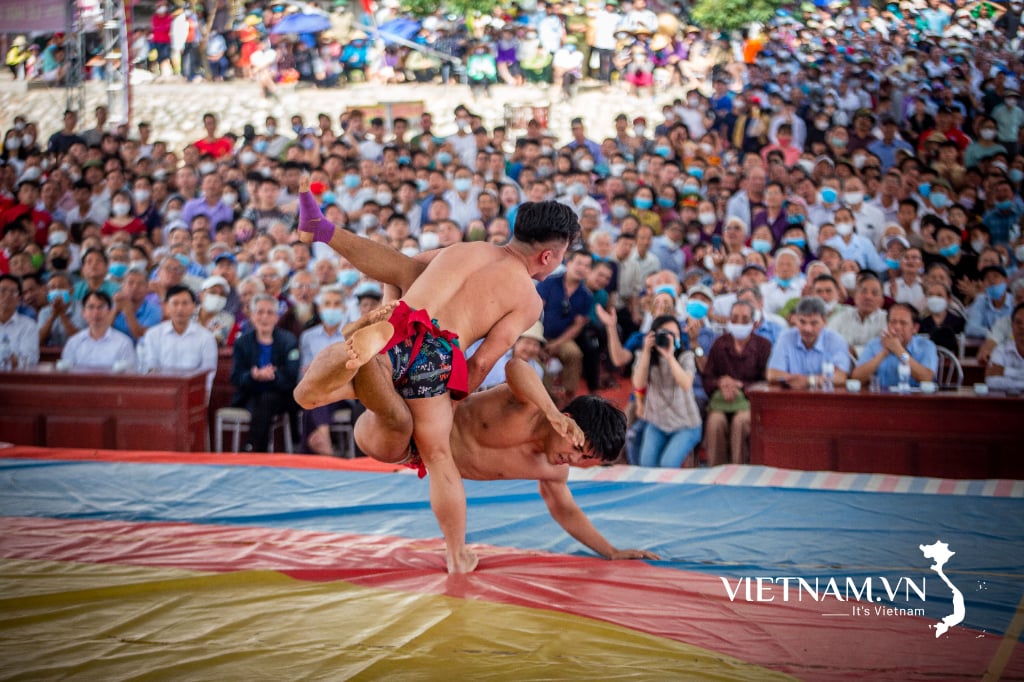
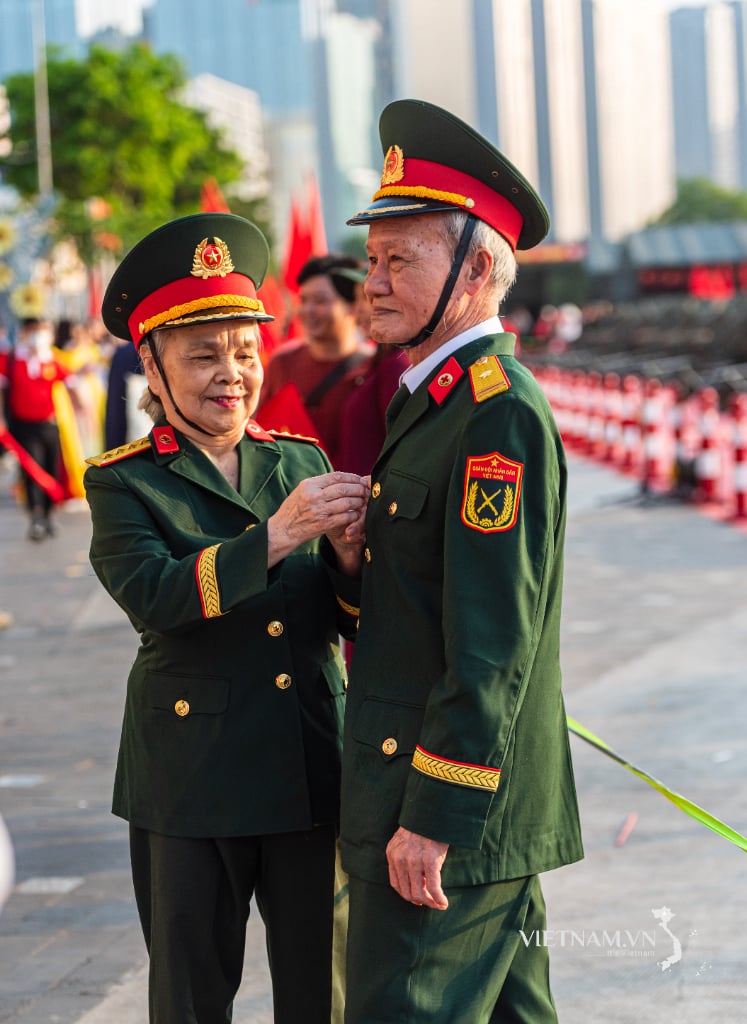
Comment (0)